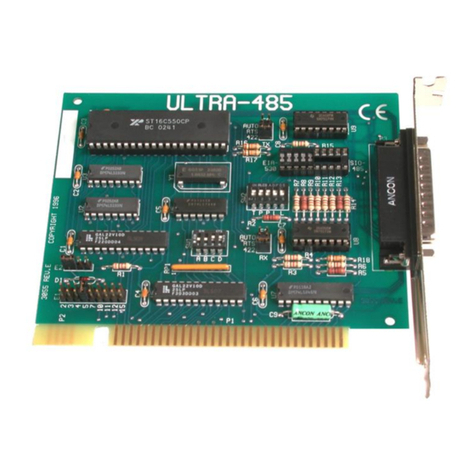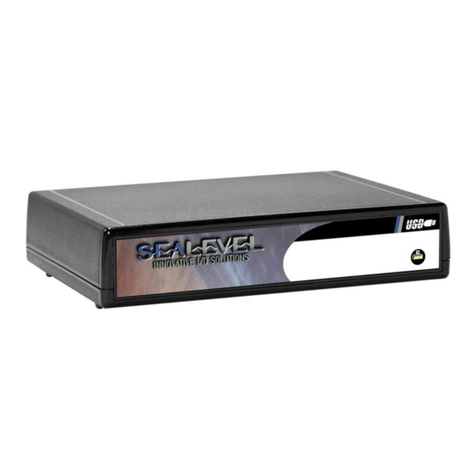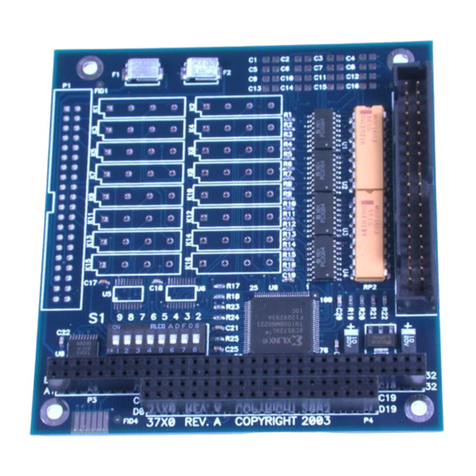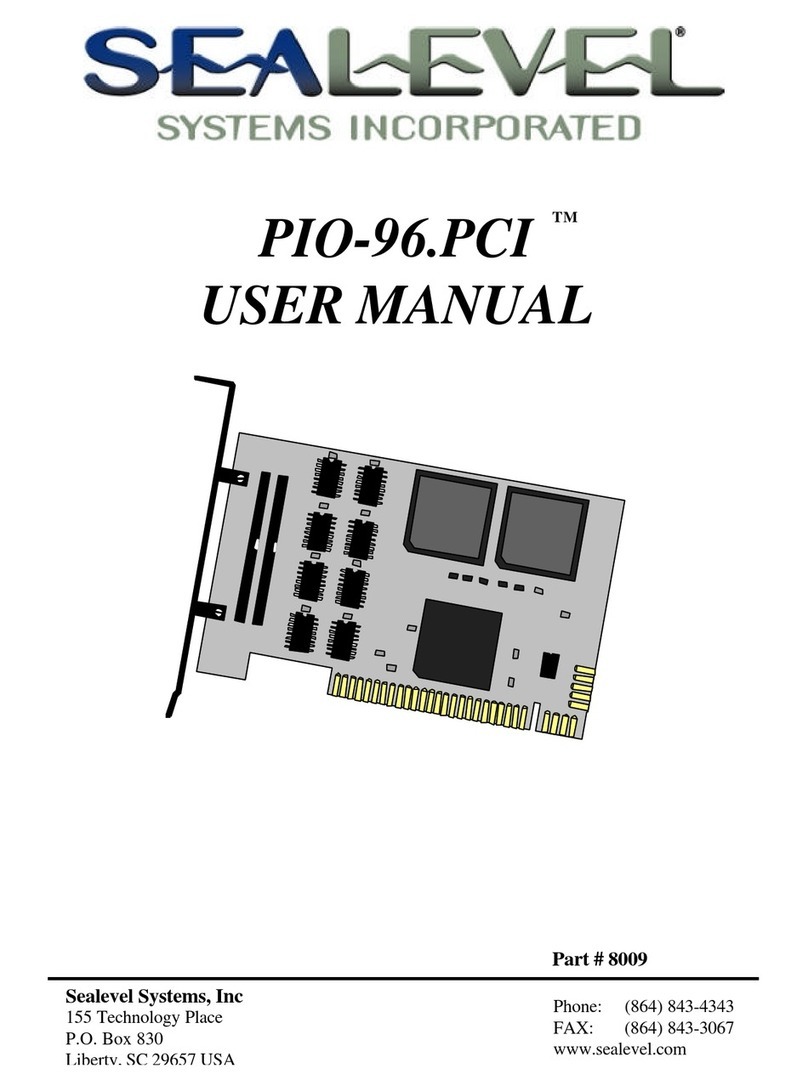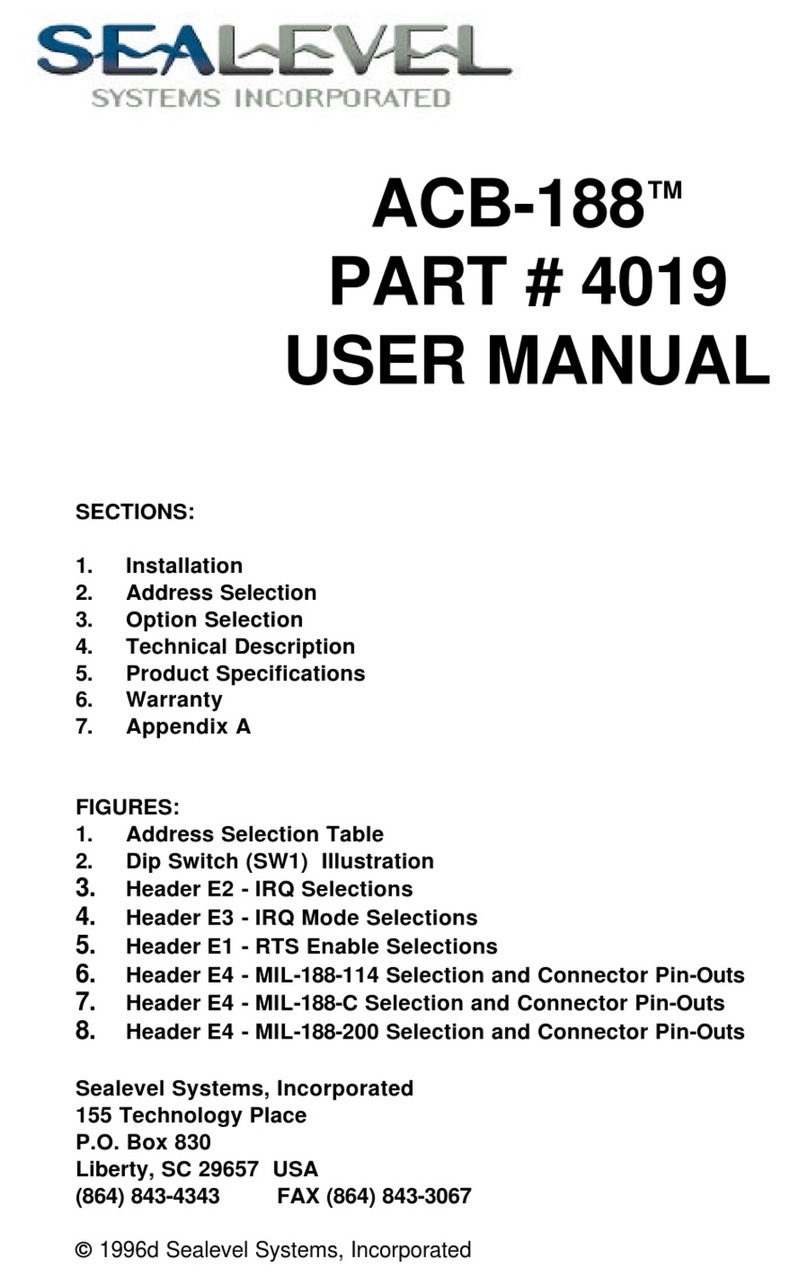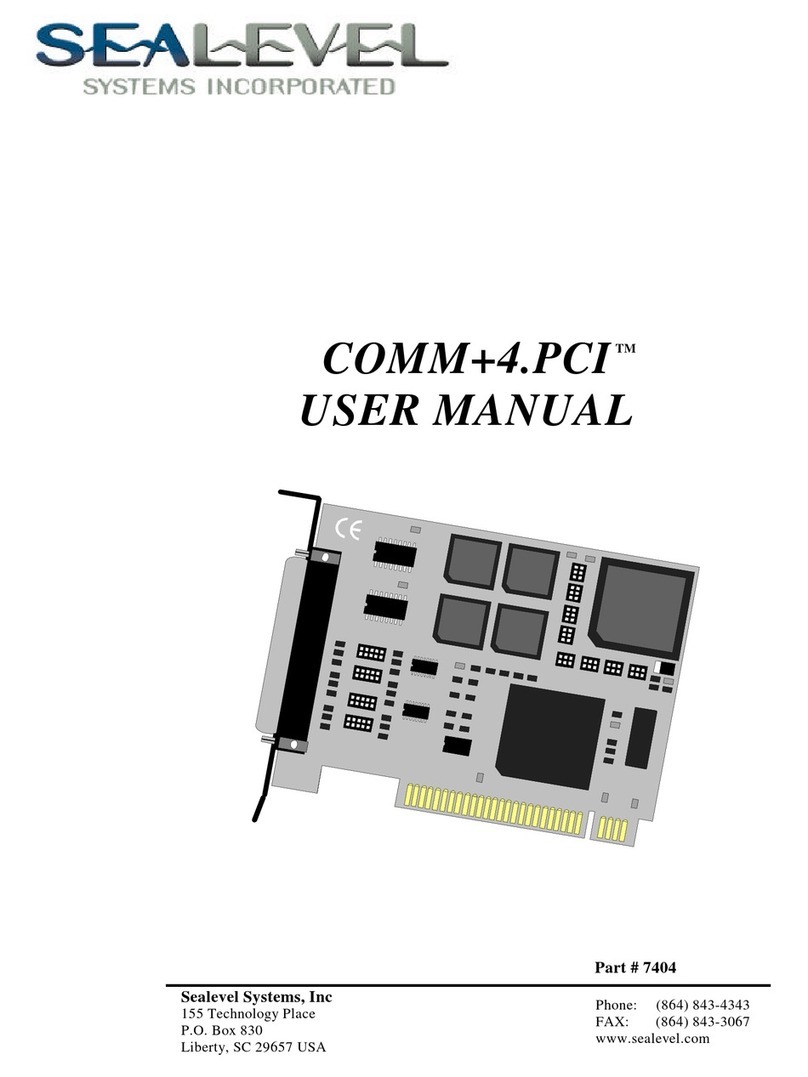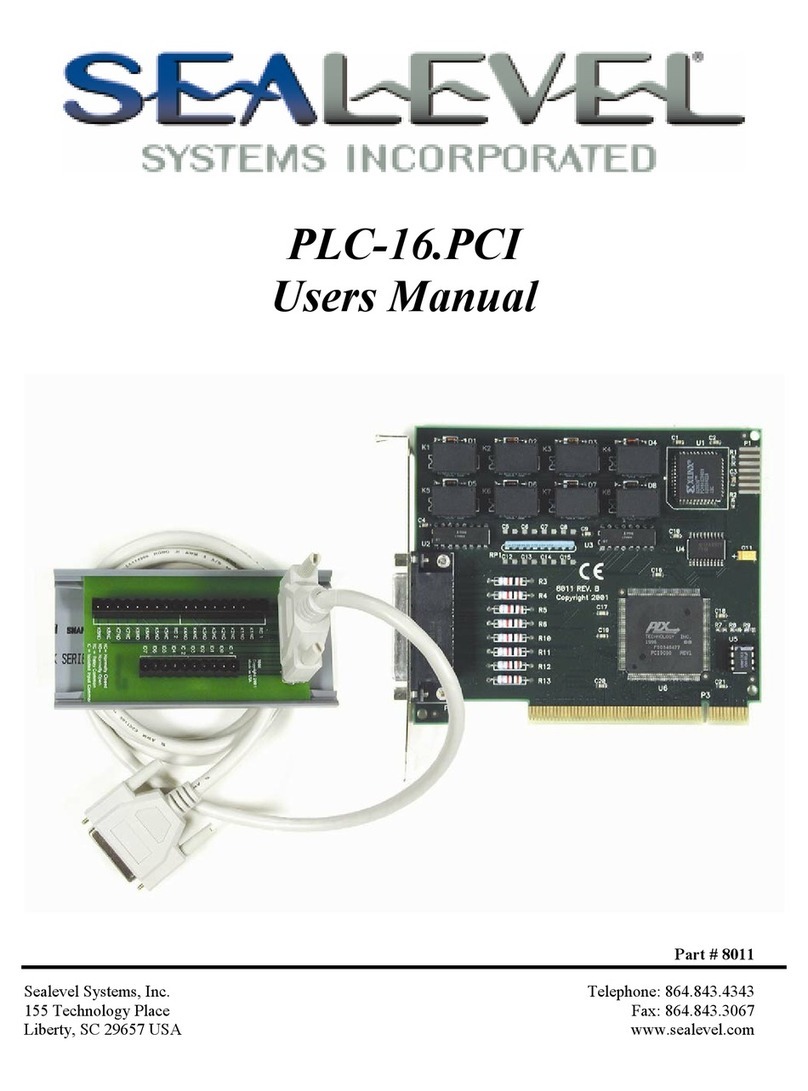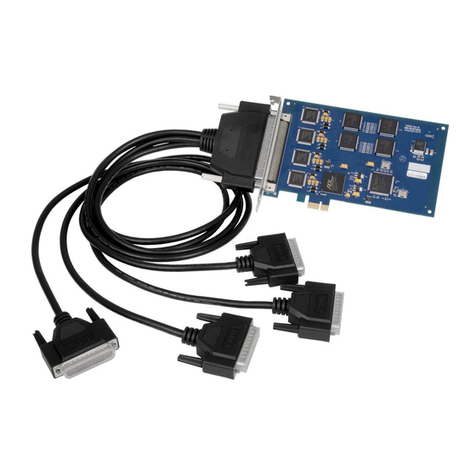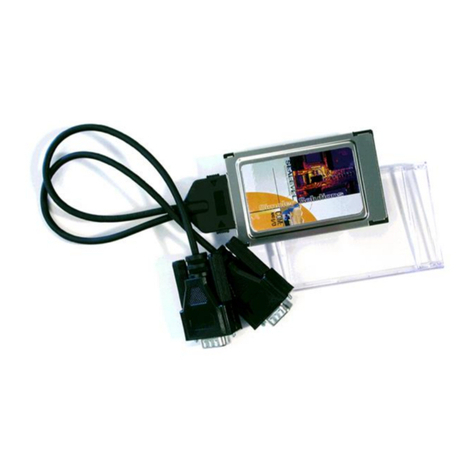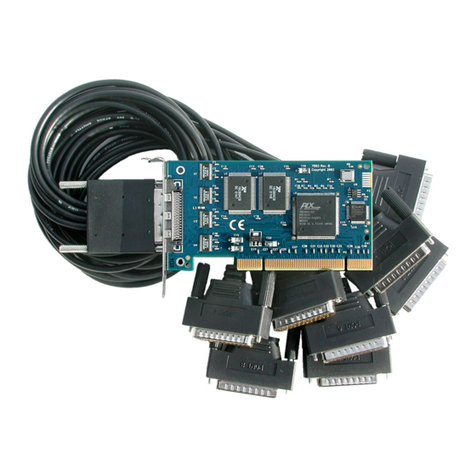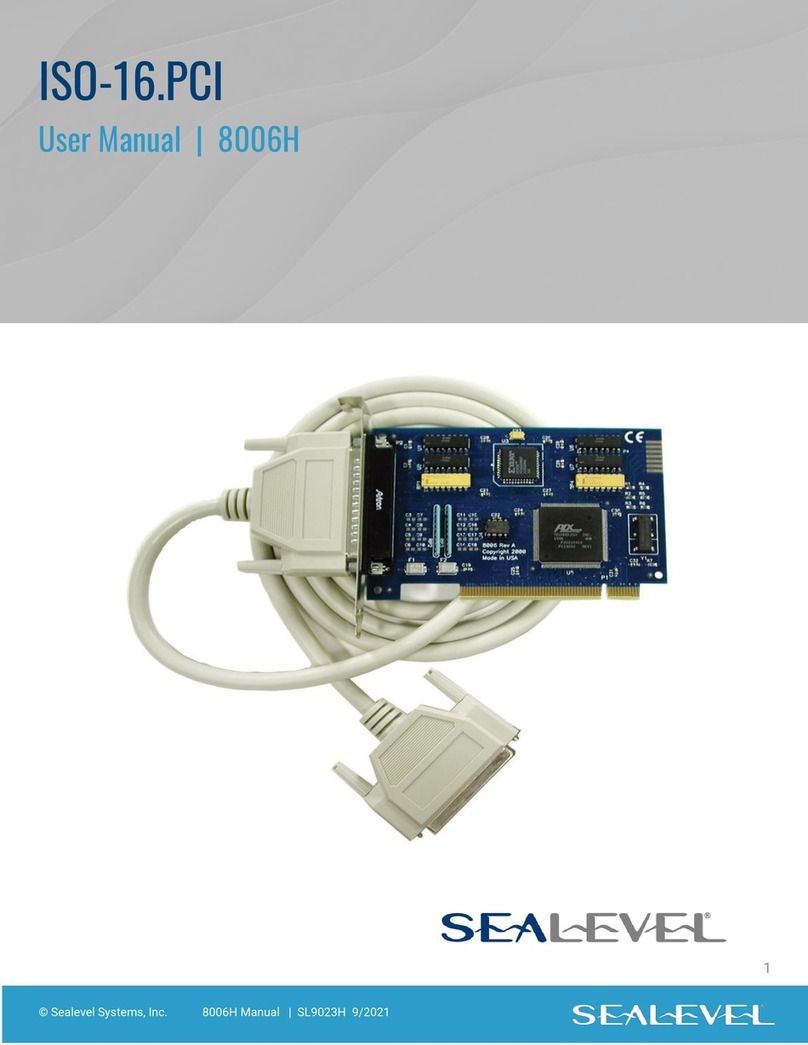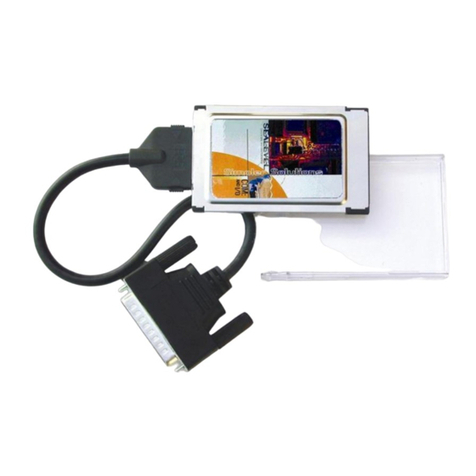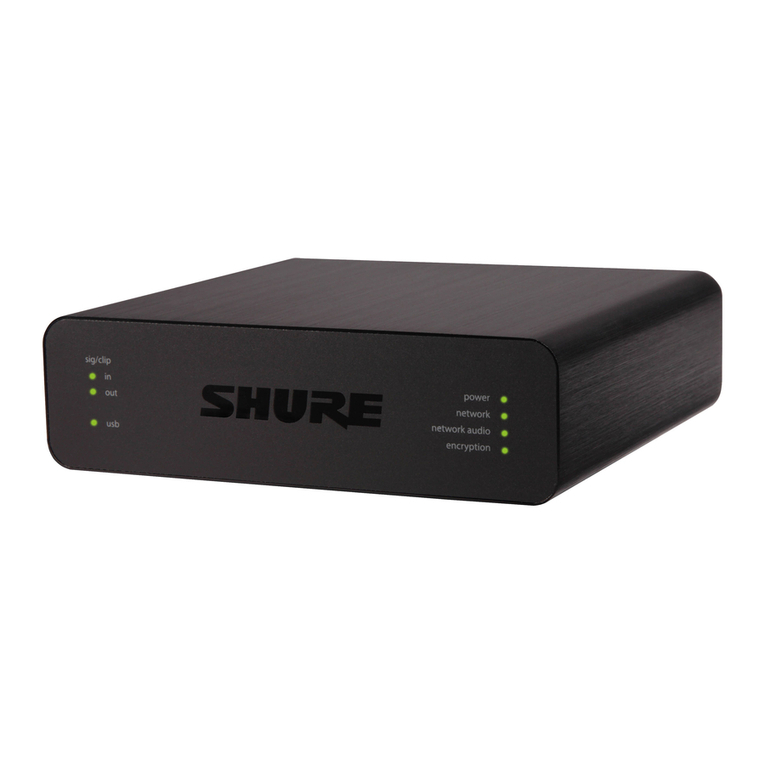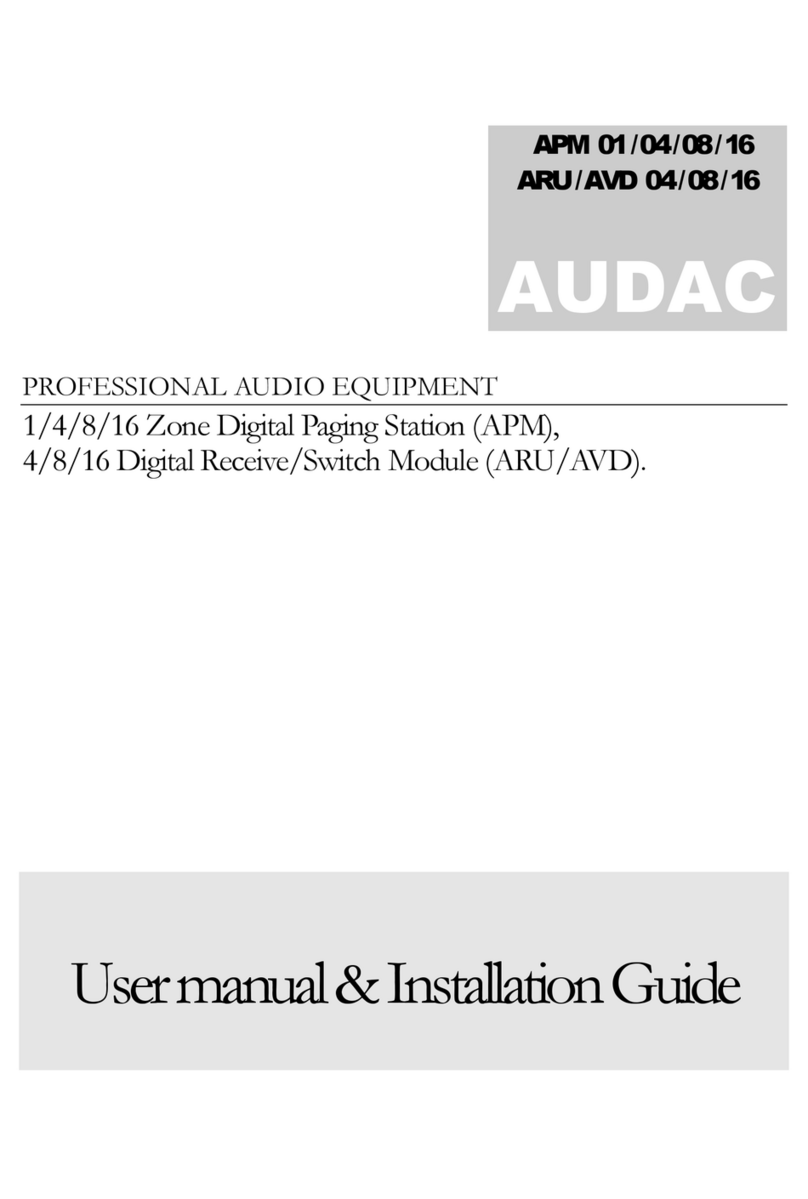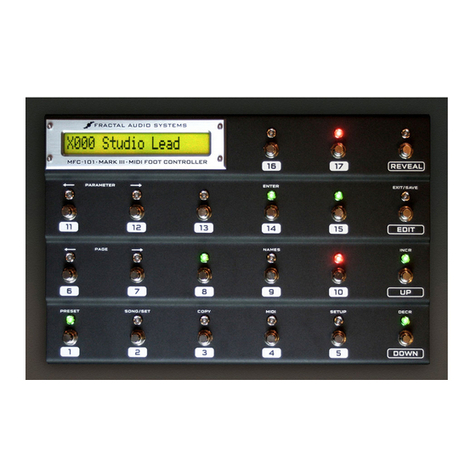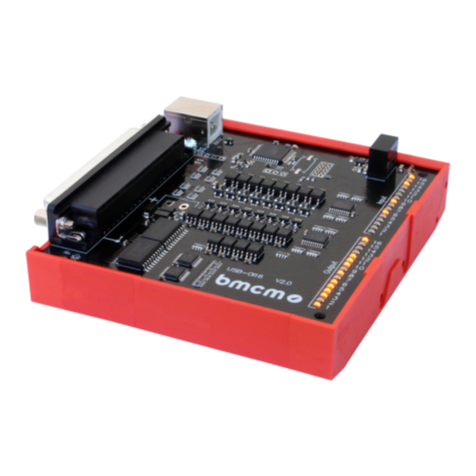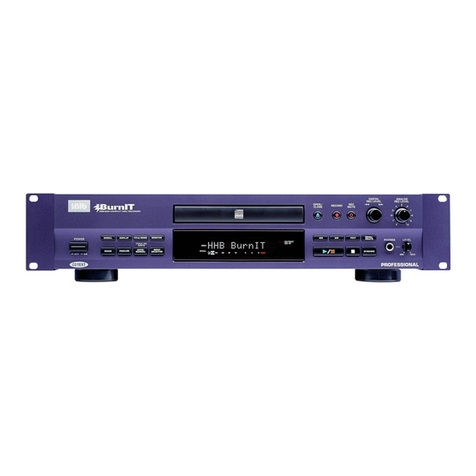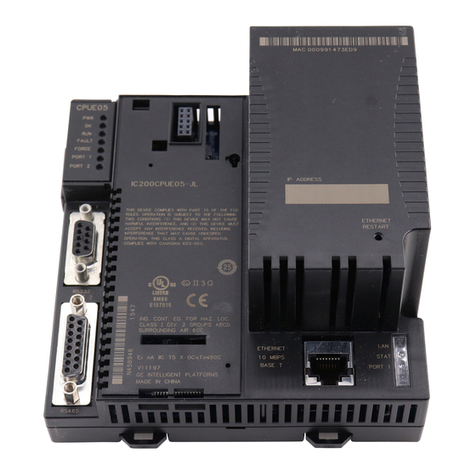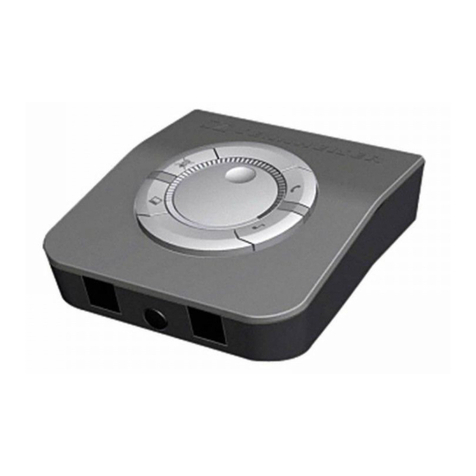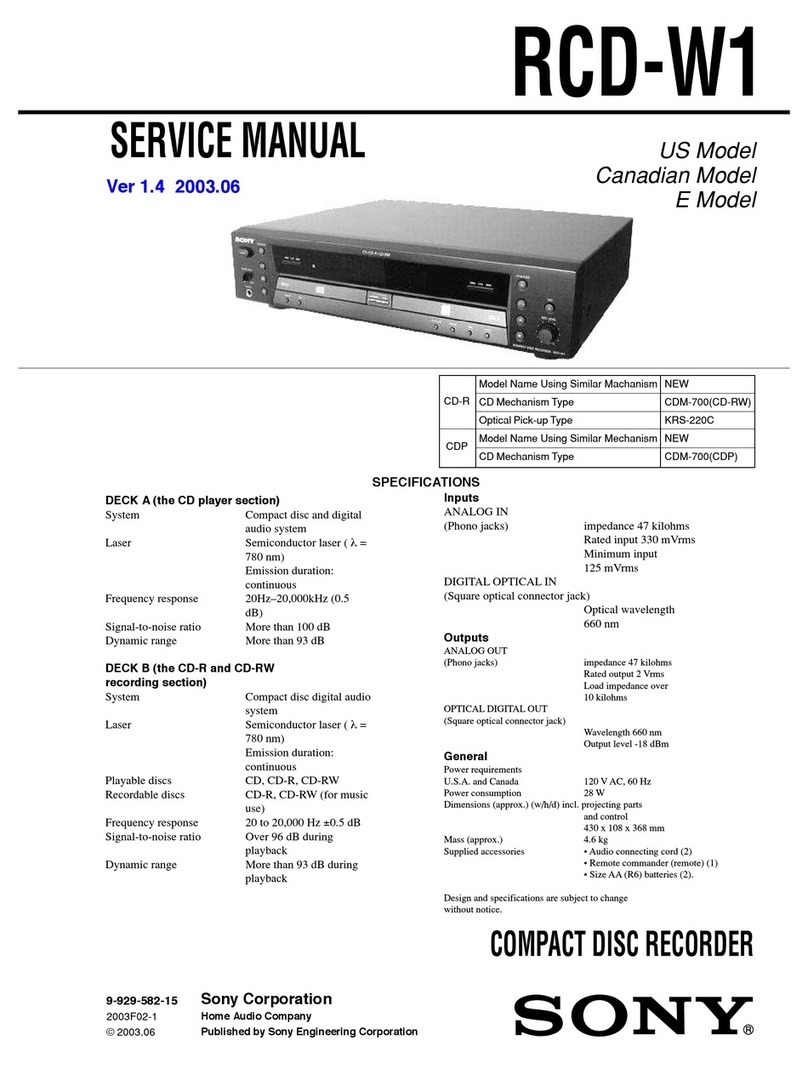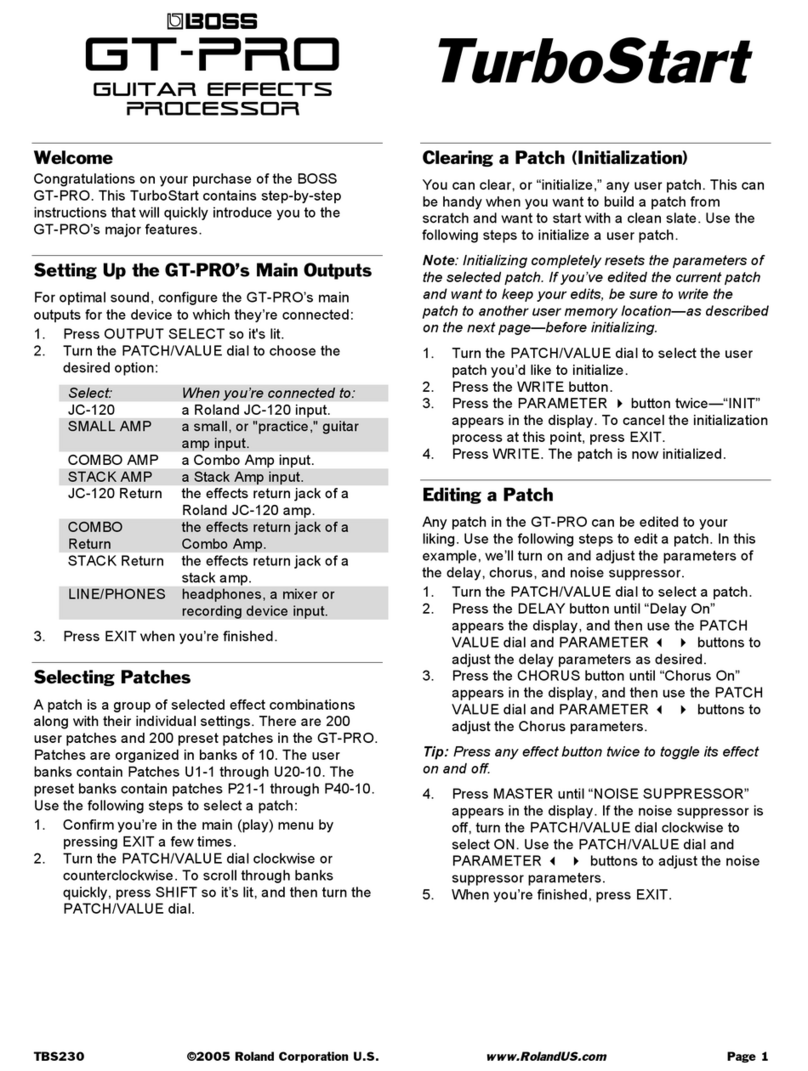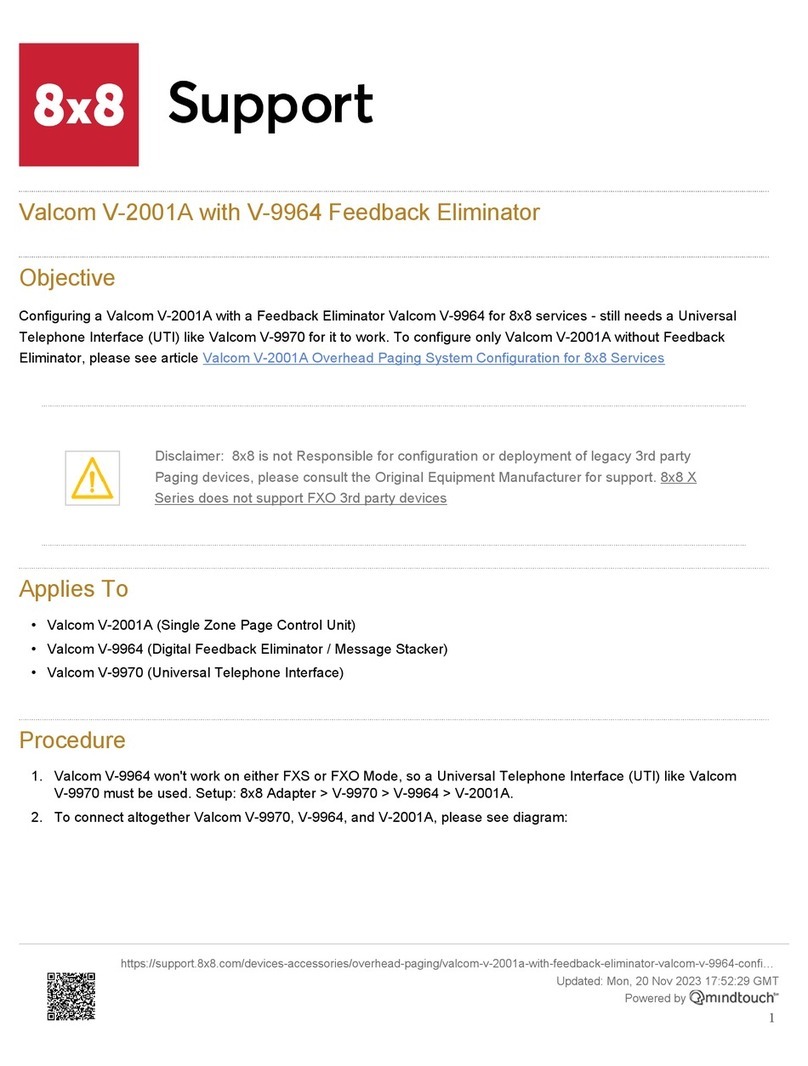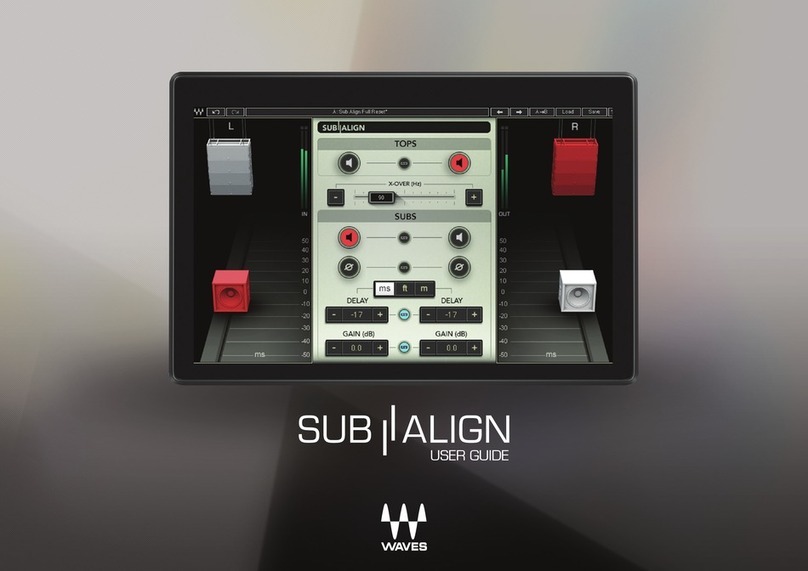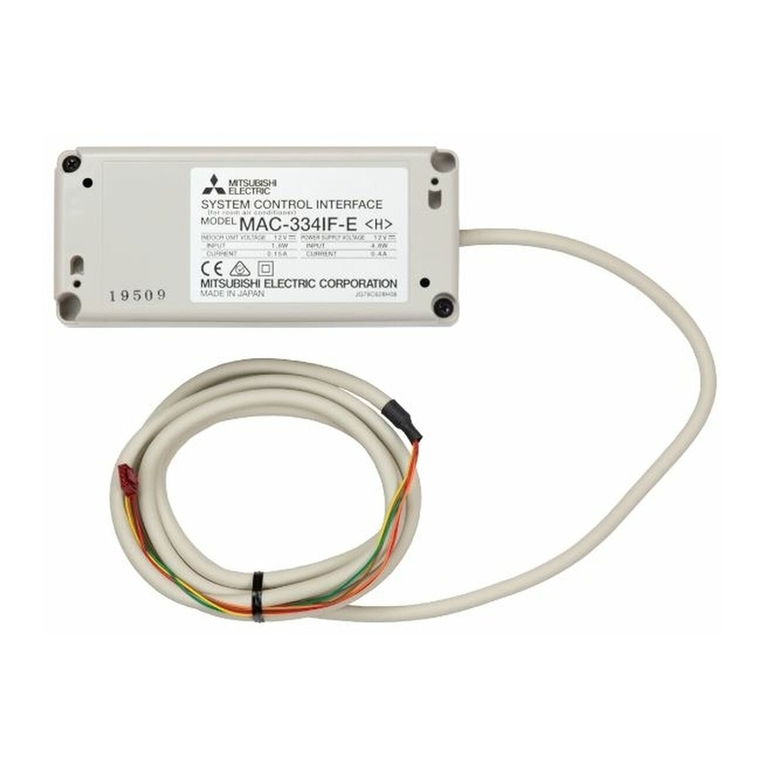
5
© Sealevel Systems, Inc. 3604 Manual | SL9112 10/2022
Card Setup
Card and Socket Services must be loaded on the system prior to installing the PC-SIO-850 card. Card and
Socket Services are supplied by the PCMCIA slot provider (i.e. the computer manufacturer or the PC adapter
manufacturer). These may be in the form of a third-party add-on Card and Socket service (e.g. CardSoft’s
CardWizard) or with your current operating system (e.g. Windows 95/98/ME/2000/XP).
Socket Services are the lowest level of the PCMCIA Software hierarchy. Socket Services provide a standard
interface to the higher-level drivers and isolate the socket controller’s specific hardware details. Socket
Services provide the ‘BIOS’interface to the socket controller hardware. Socket Services are typically hidden
under Card Services and are rarely directly accessible by application software.
Card Services provide the interface to application software and drivers. Card Services are responsible for
allocating card resources and ensuring that card resources do not interfere with other existing system
resources. Card Services are typically implemented as a driver. Almost all PCMCIA type cards require some
sort of software driver. In the case of the PC-SIO-850, the generic Card Services driver supplied with the
computer system should provide adequate support for most applications. A DOS ‘Enabler’ is also provided
for older systems in which the Generic Enabler isn’t adequate. Please refer to Appendix C for information
on the SEAPC enabler and the diagnostic tool SSEnable.
Connecting the PC-SIO-850 to the computer requires no special technical skills. In fact it is usually done in
as simple as two steps:
1. Follow the directions given for your operating system found on the supplied software.
2. Simply slide the card into a PCMCIA Type II compliant slot on the personal computer. The PCMCIA
slot is keyed so that the PC-SIO-850 cannot be installed backwards or upside down. The card
should install with a minimal amount of pressure. Do not force the card into the slot. Forcing the
card can result in damage to the PC-SIO-850 or to the PCMCIA slot. After the card has been
installed into the PCMCIA slot, the I/O cable should be connected to the card. The cable is also
keyed to prevent it from being installed incorrectly.
Baud Rates and Divisors
The PC-SIO-850 is supplied with a 7.3728 MHz oscillator that effectively quadruples the data rate typically
available on standard communication products. This is automatically accounted for by the Sealevel
Systems advanced communication driver and the baud rates are immediately available.
When using a non-Windows application, such as DOS or Linux where the oscillator value is not selectable,
the data rate desired should be divided by 4.
